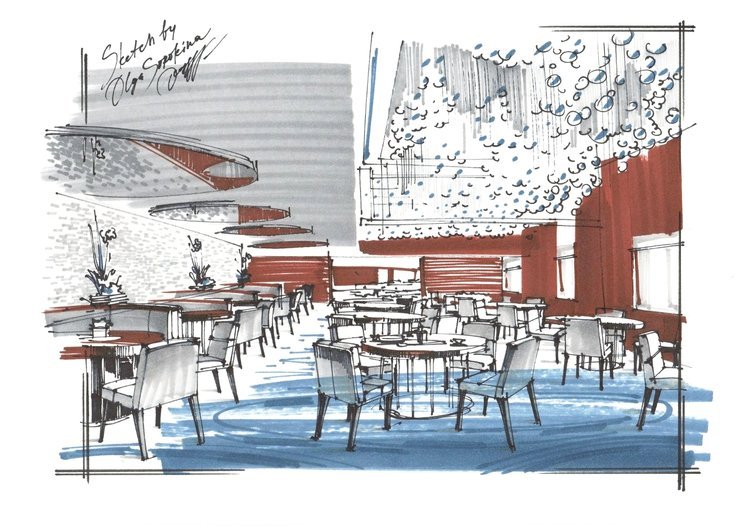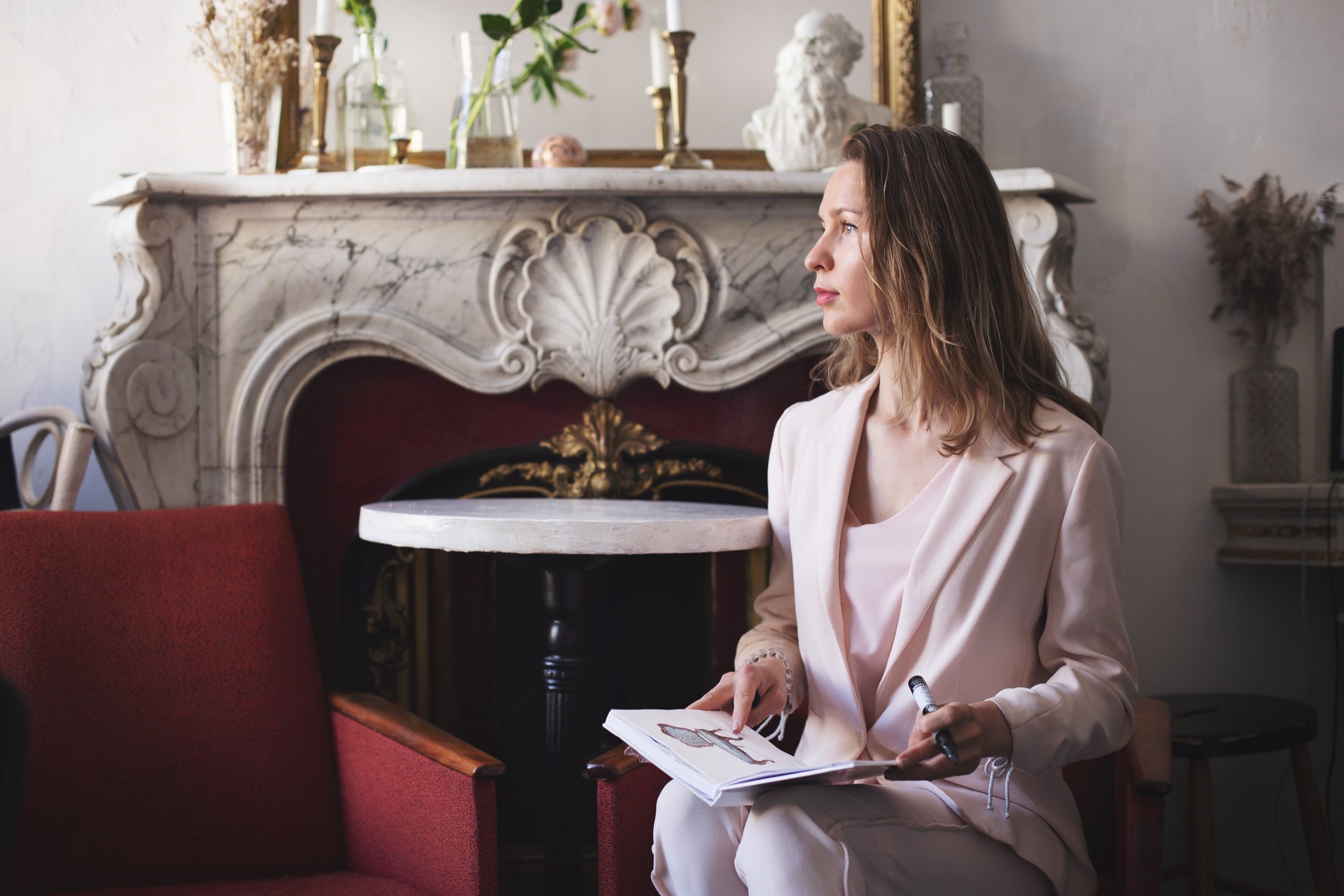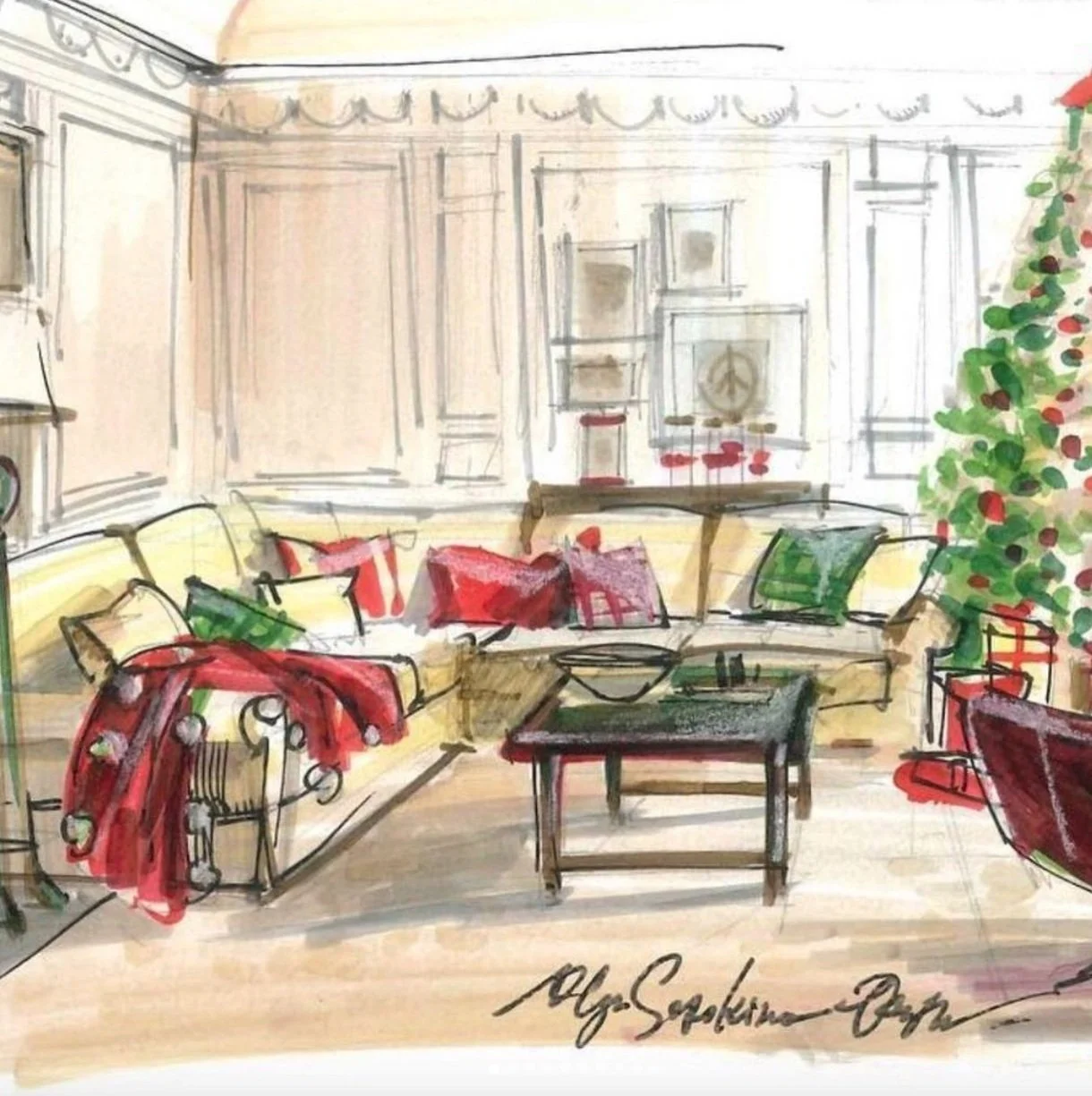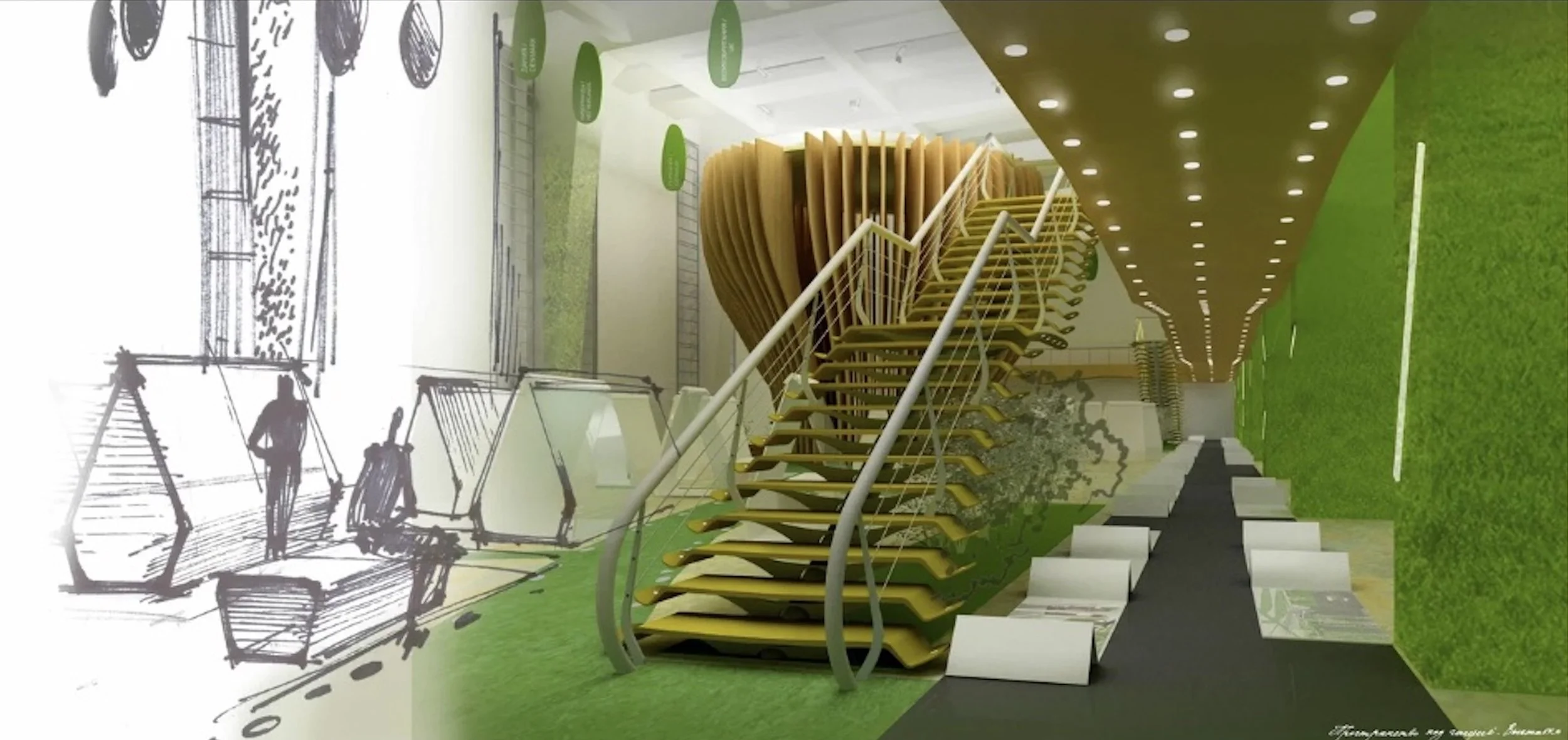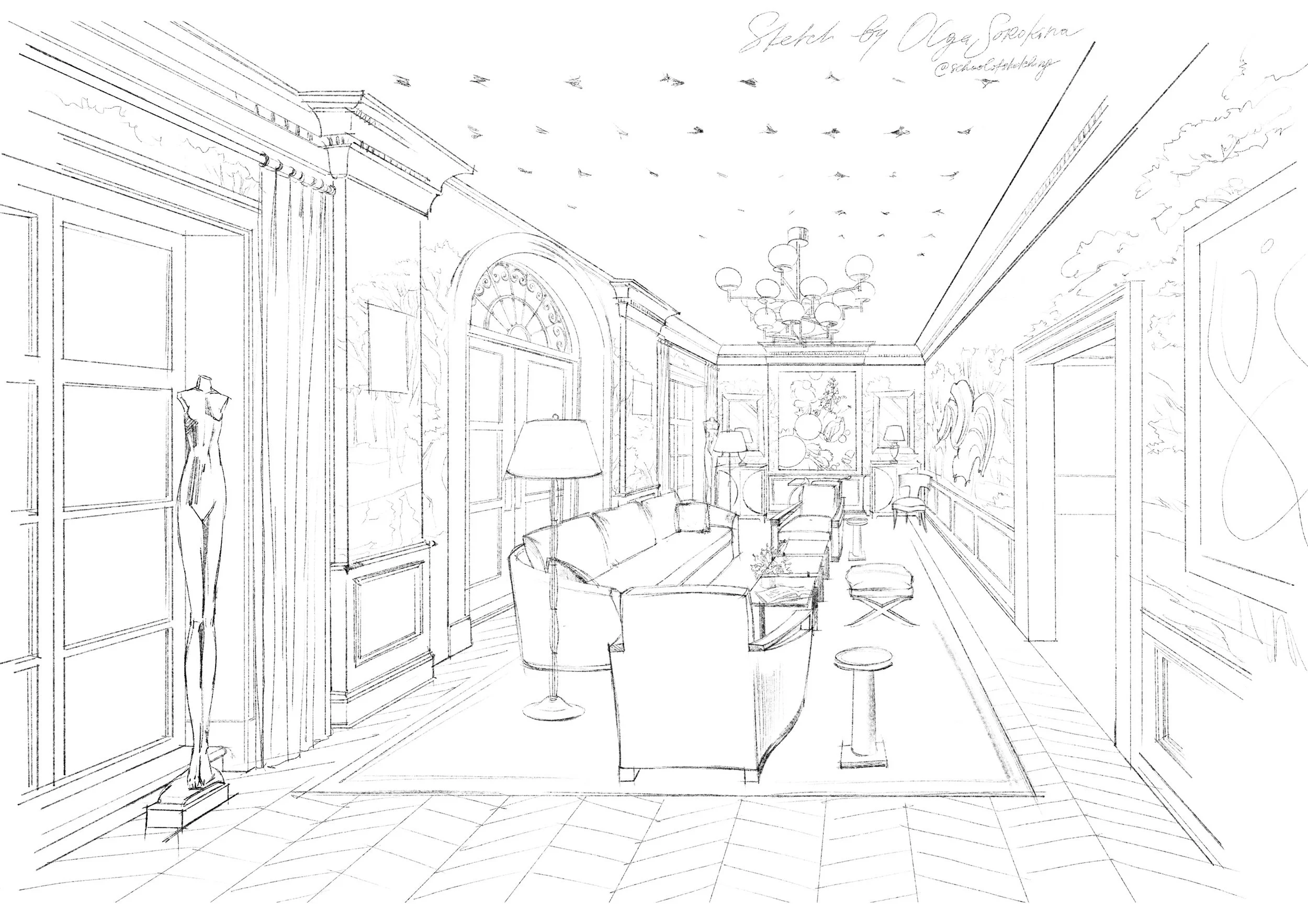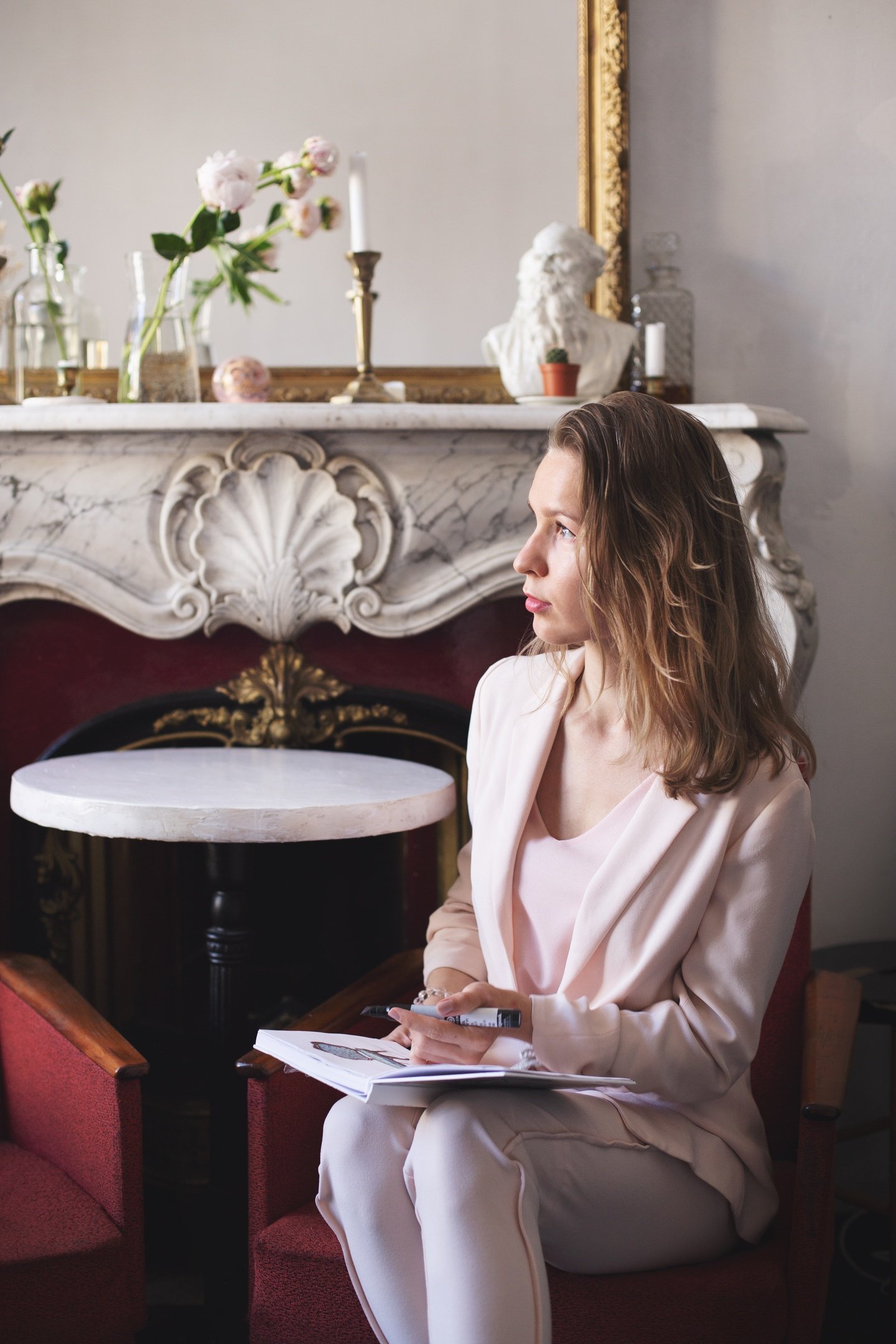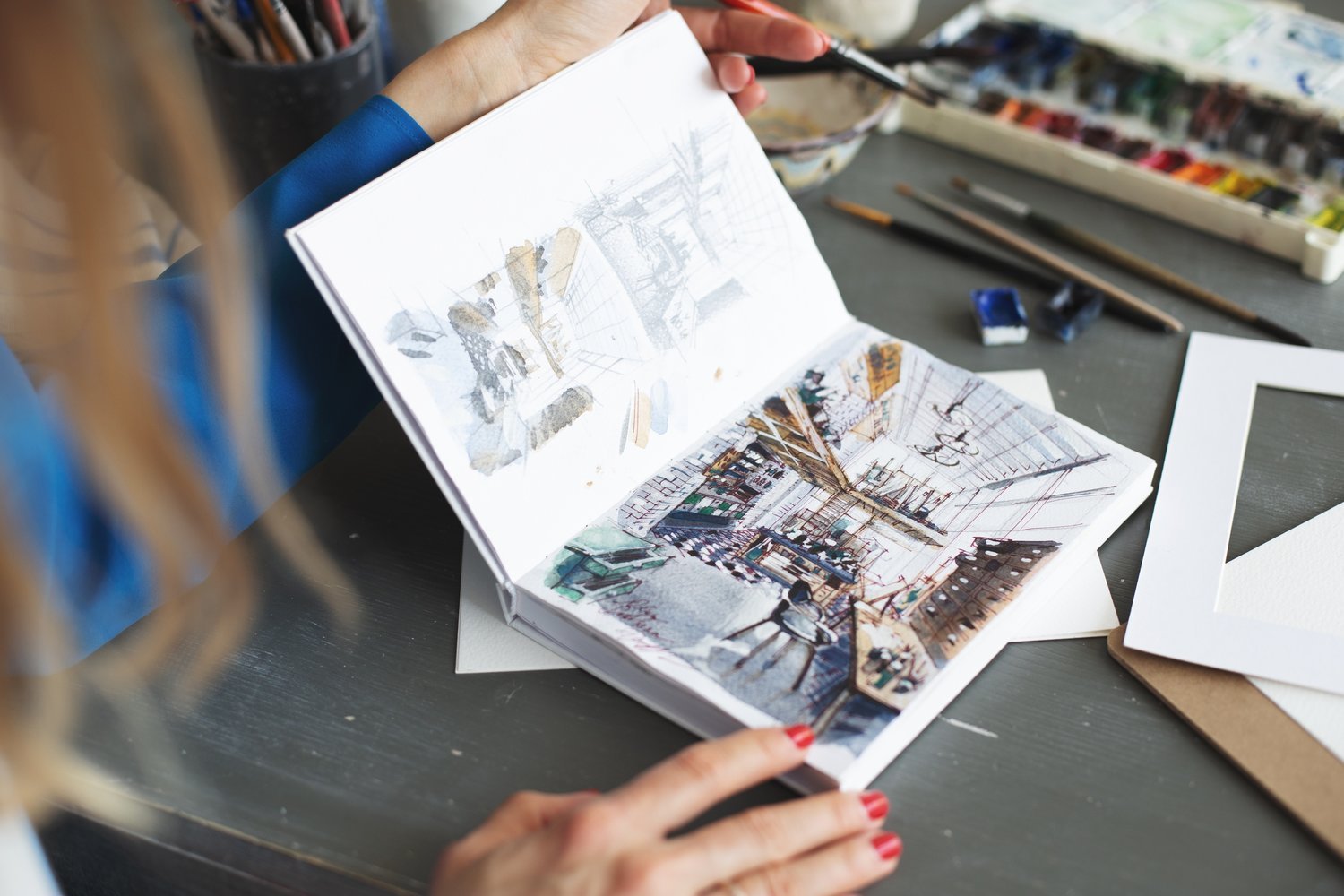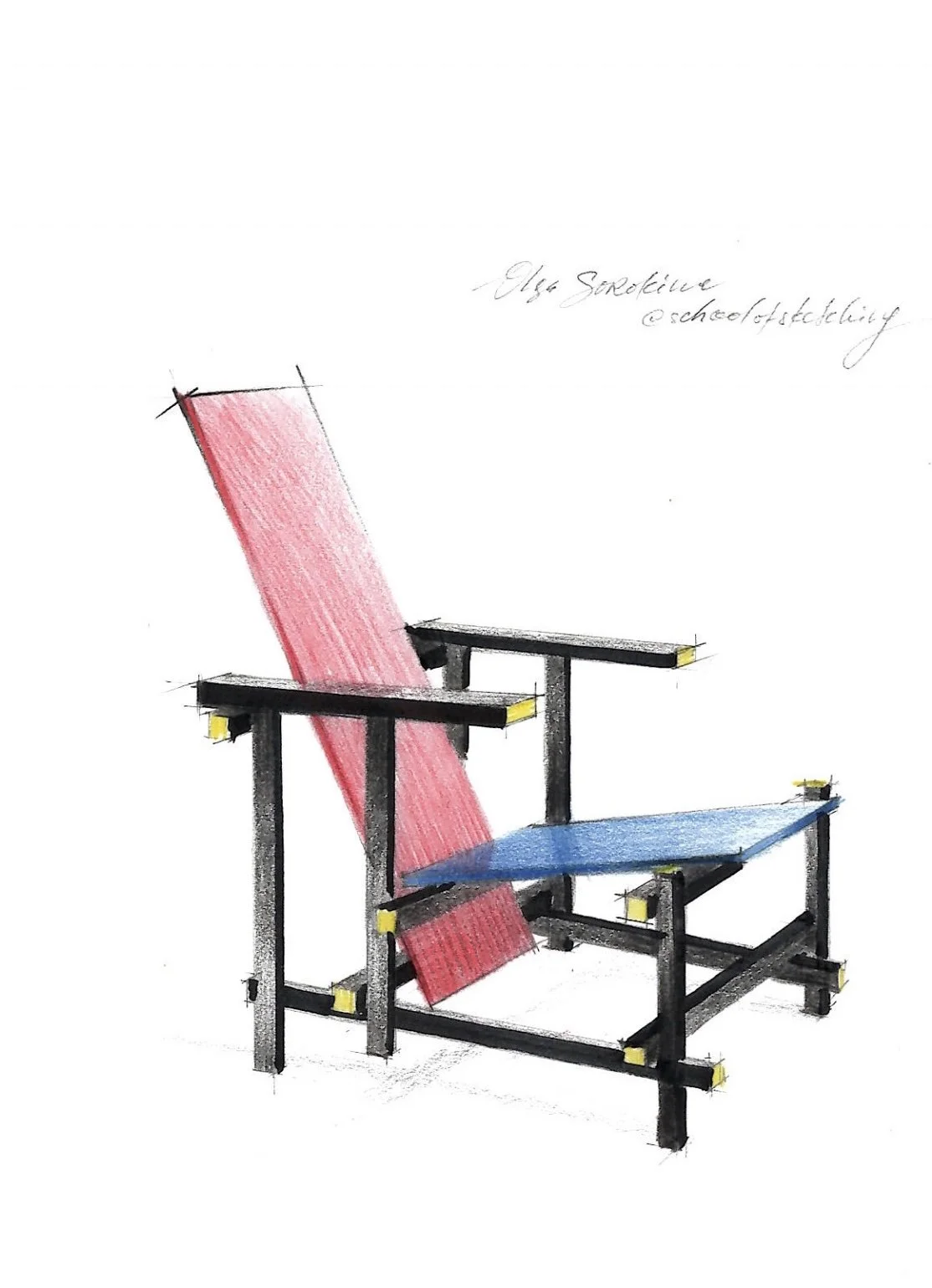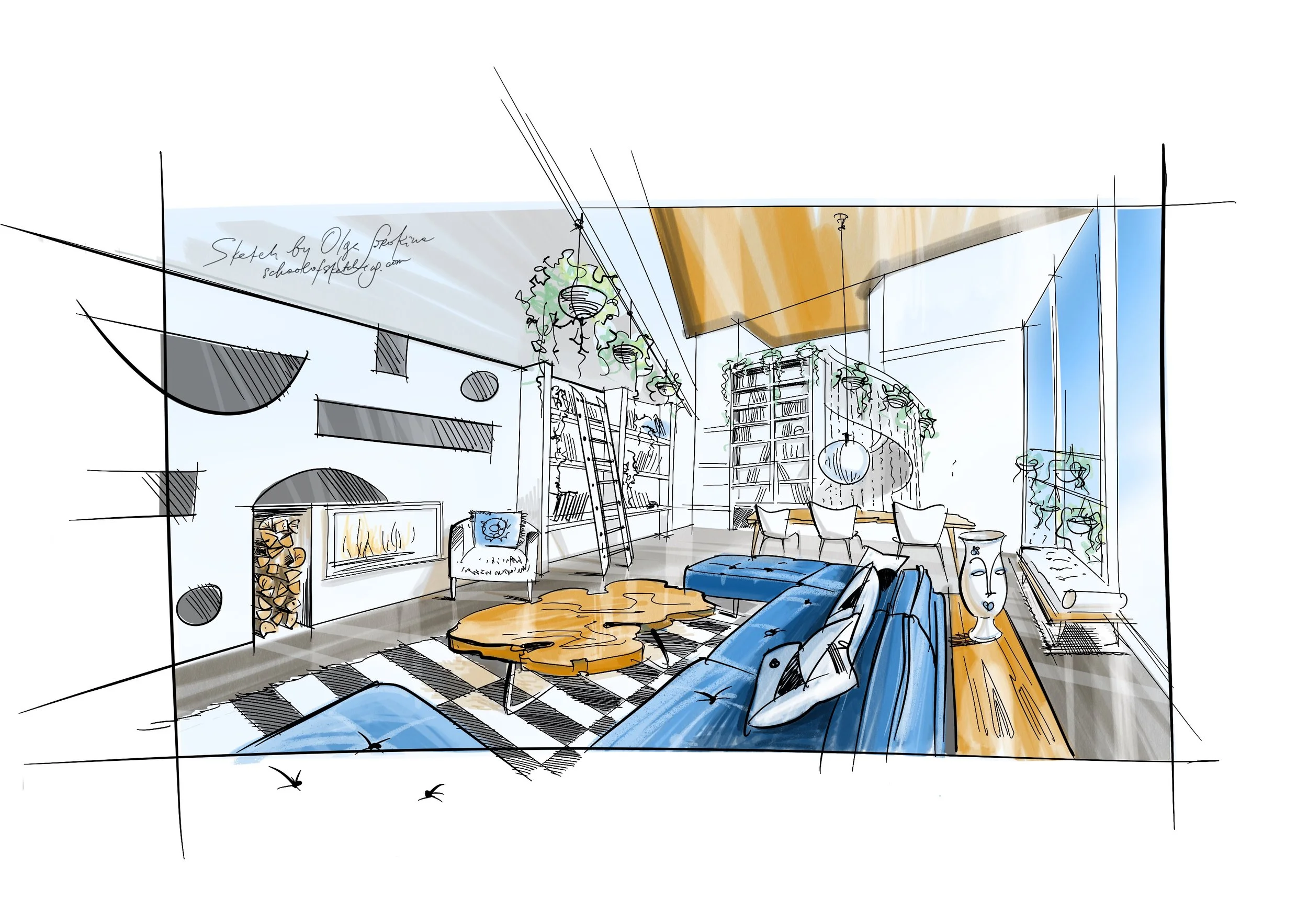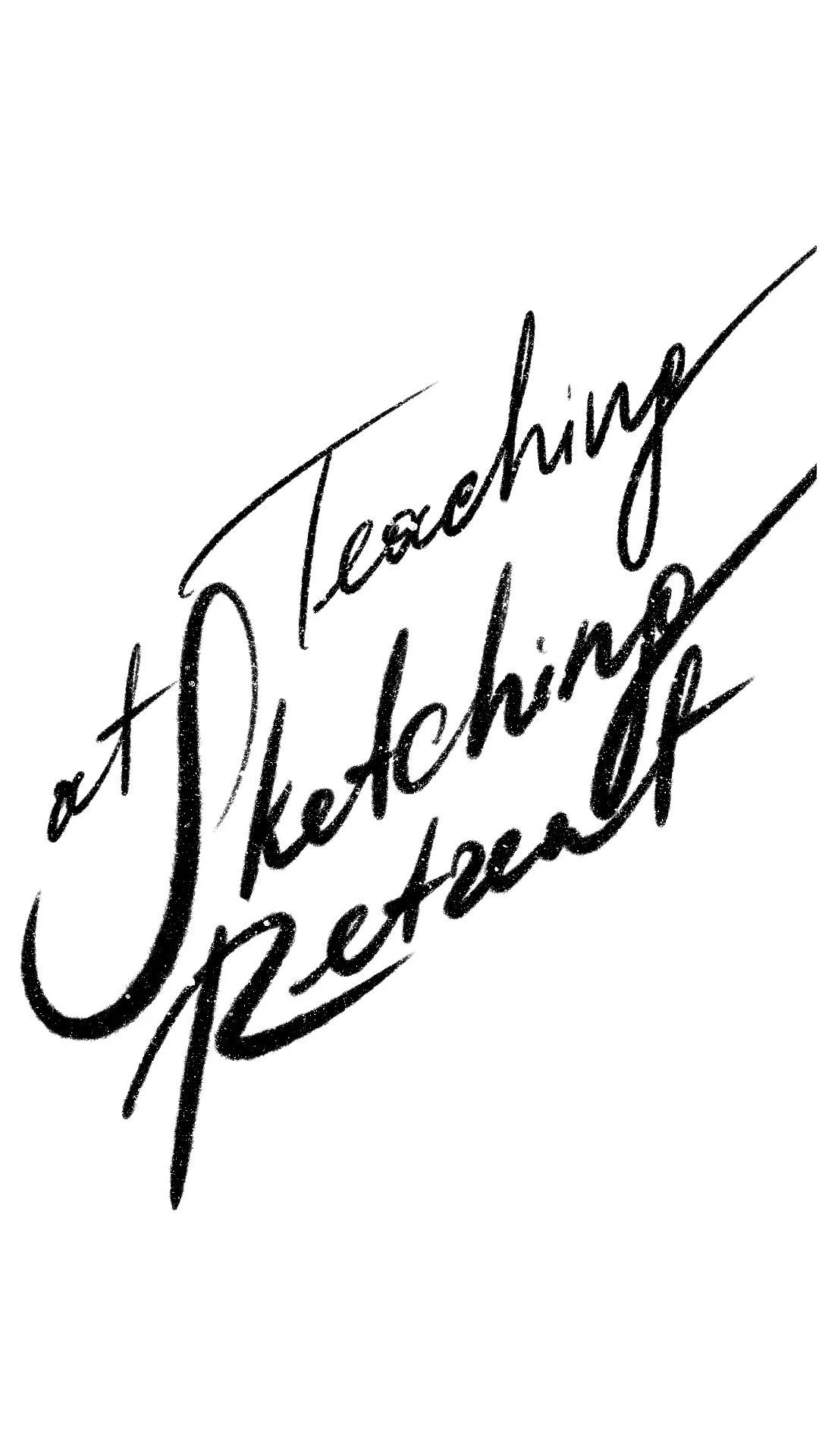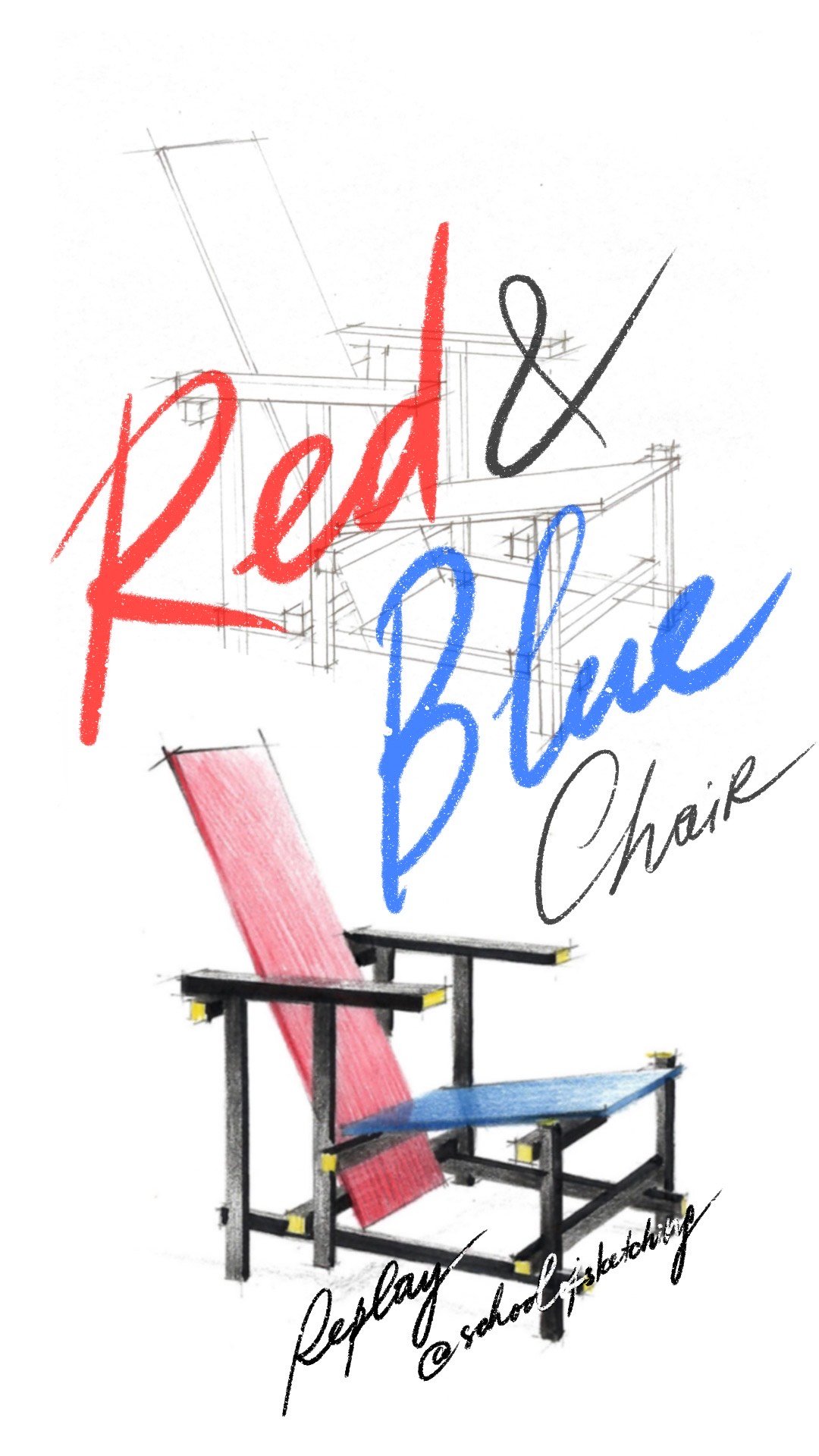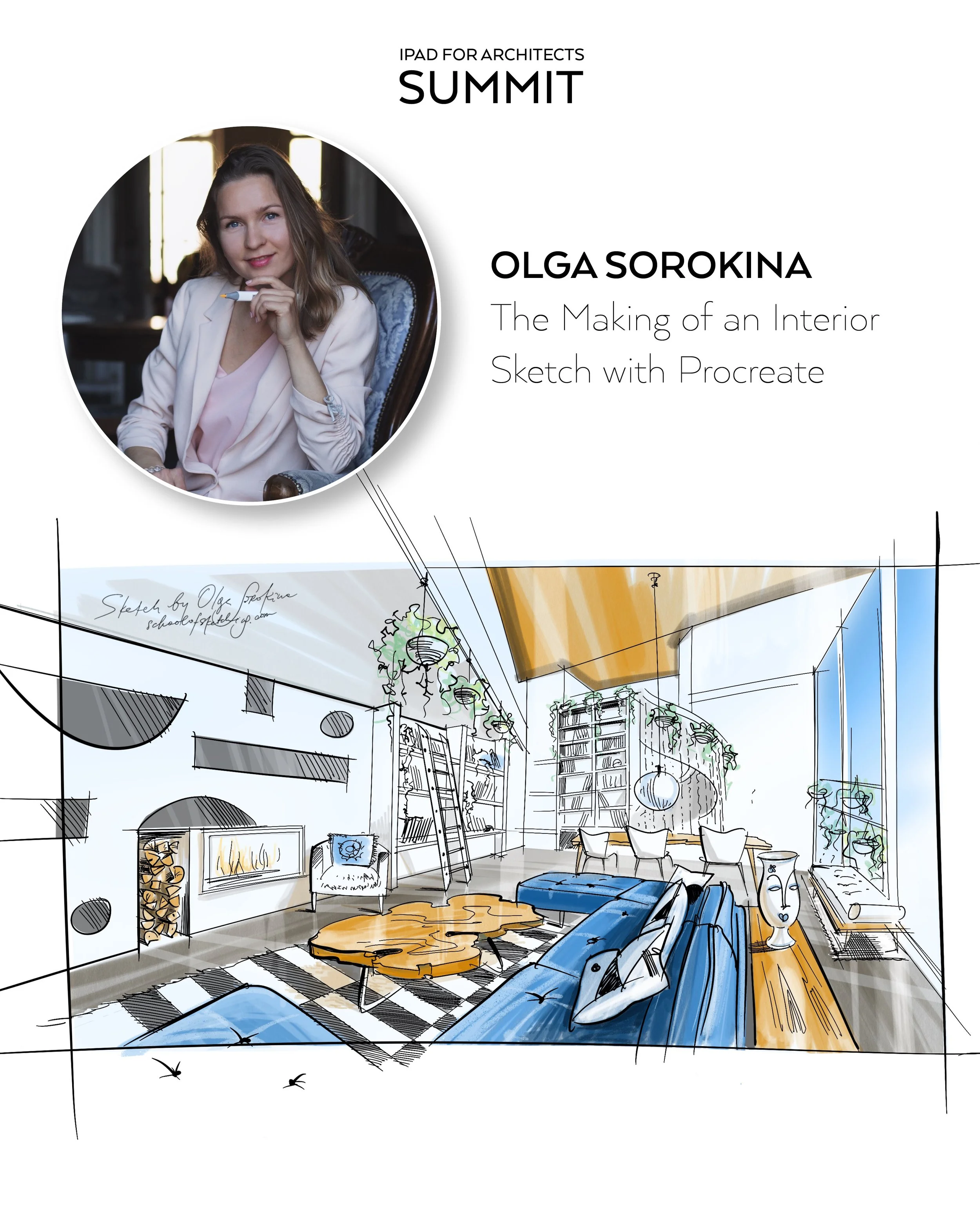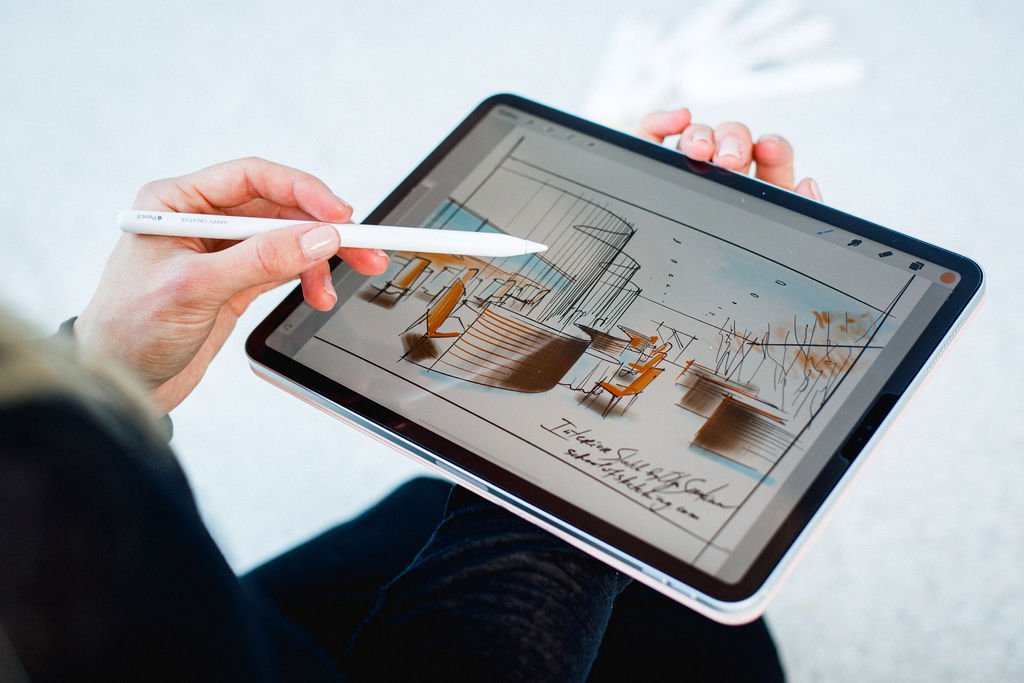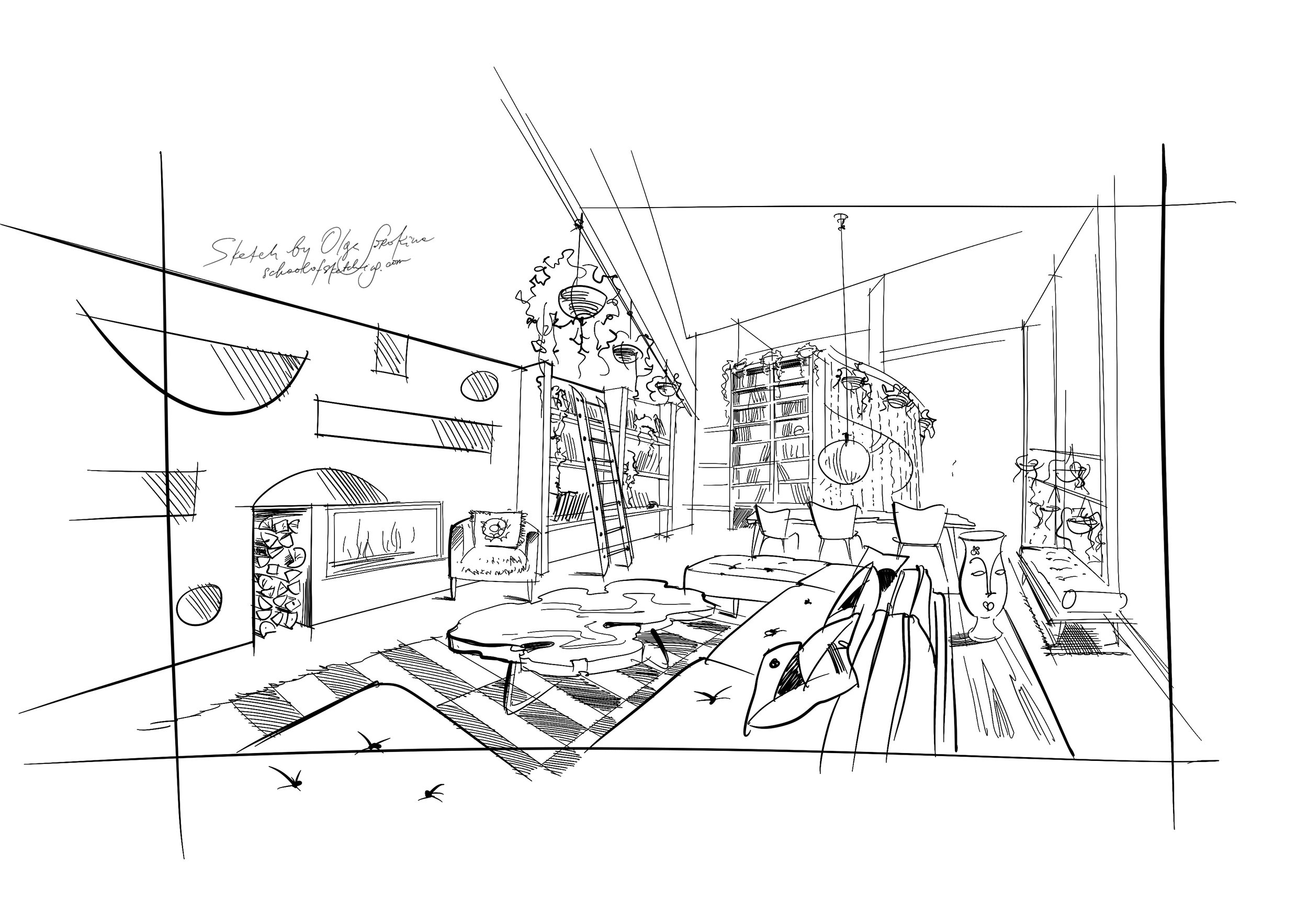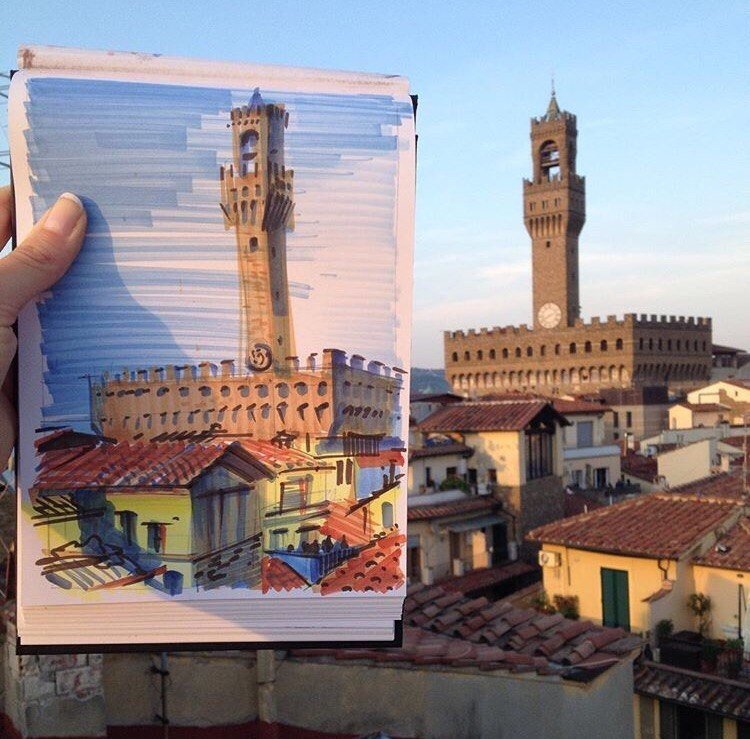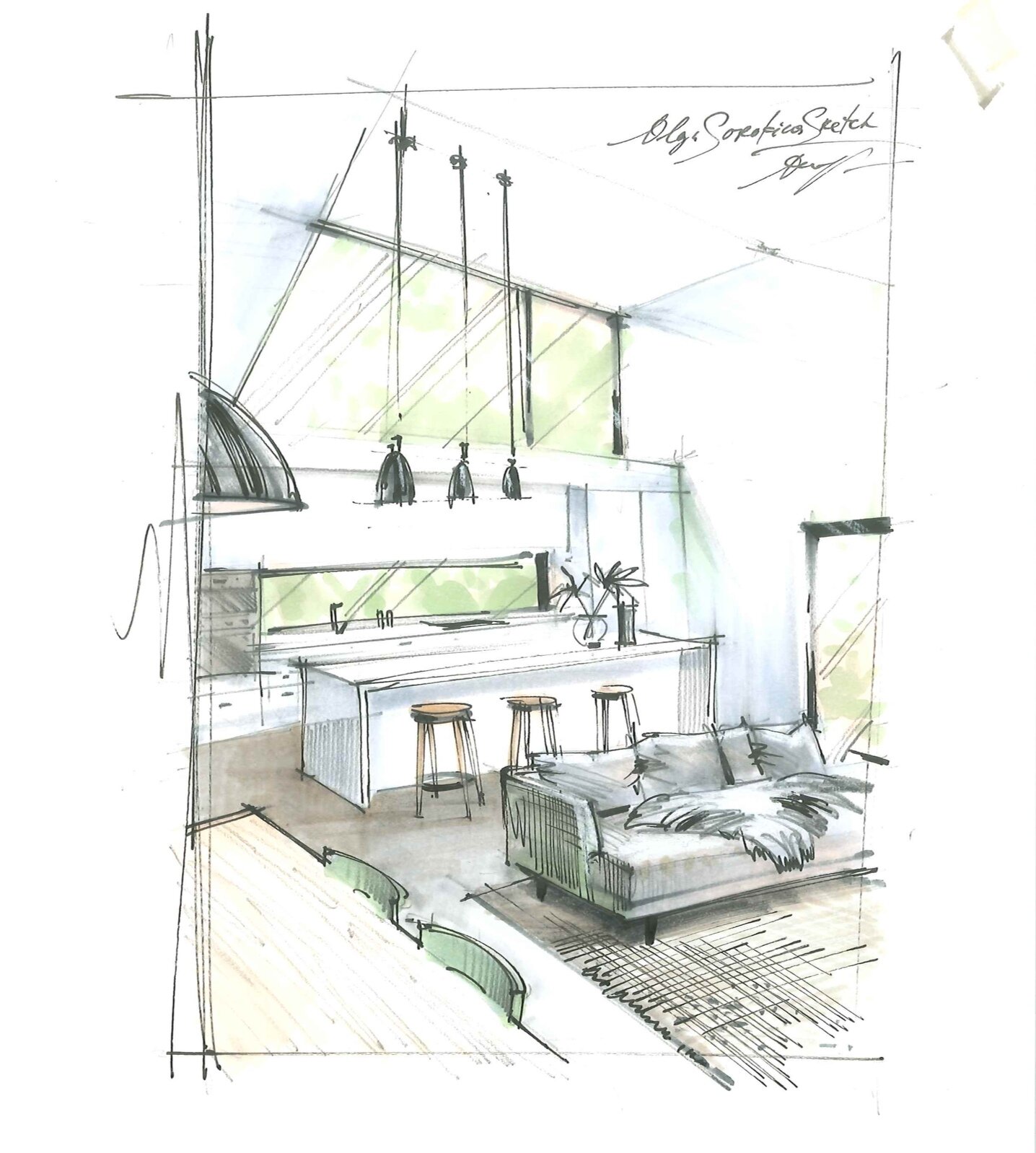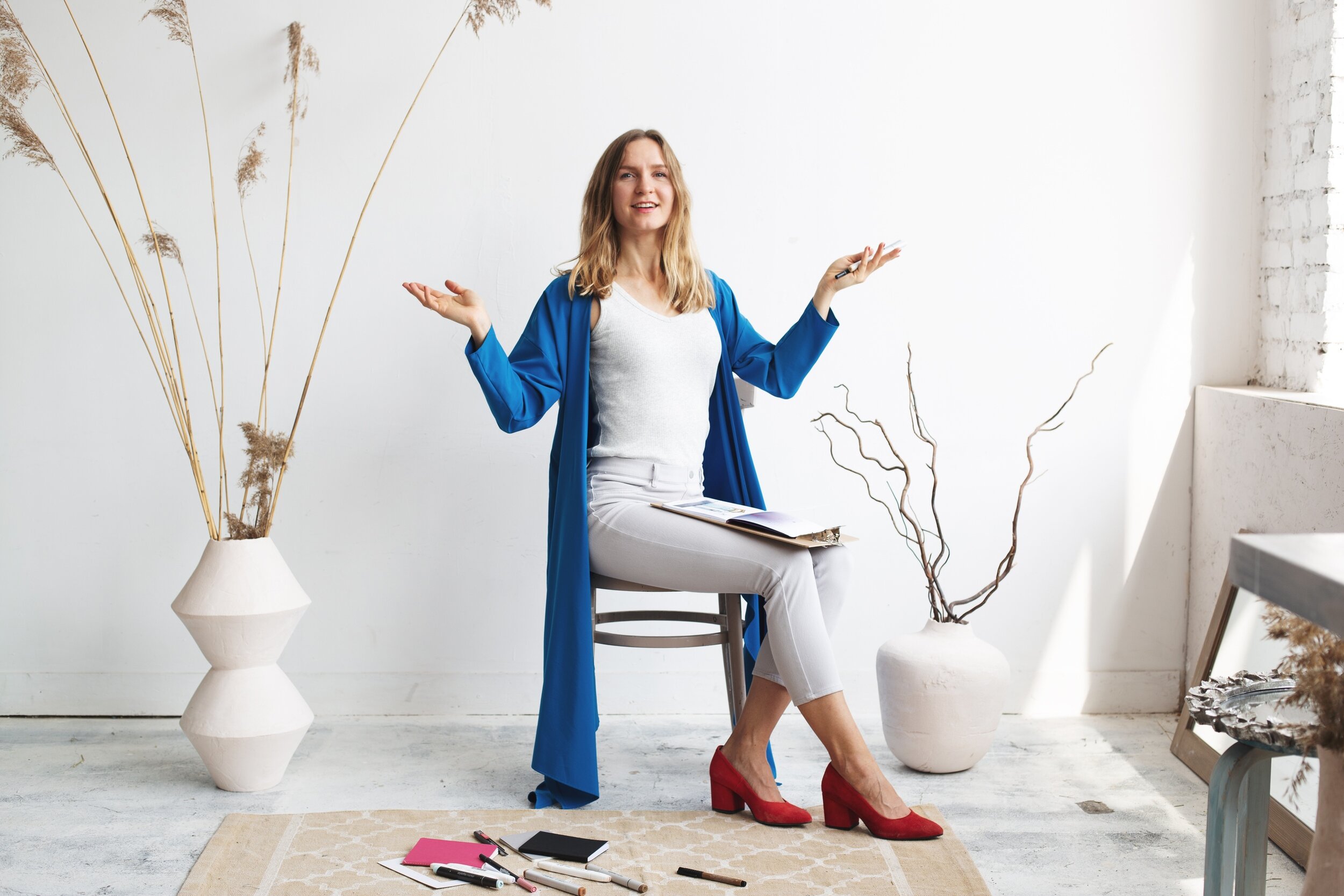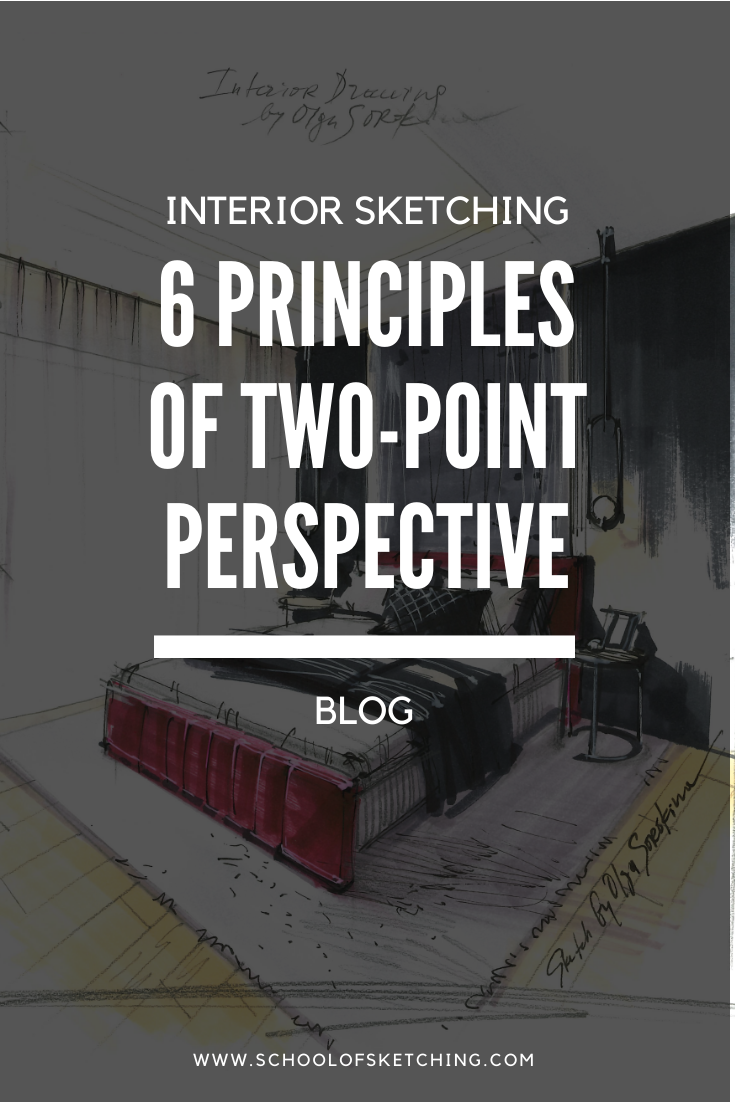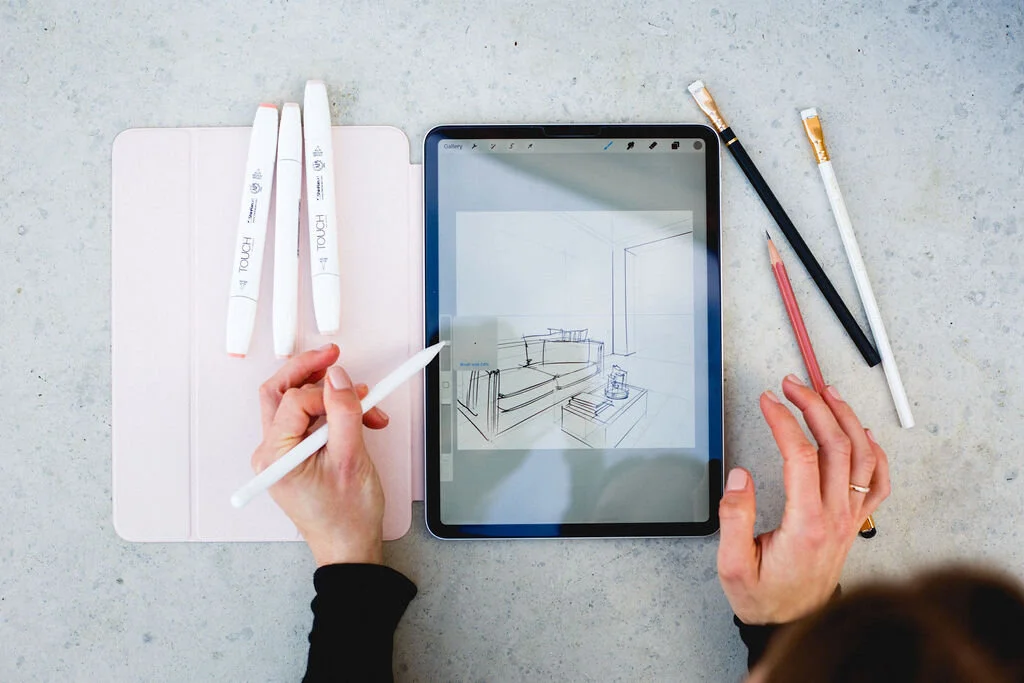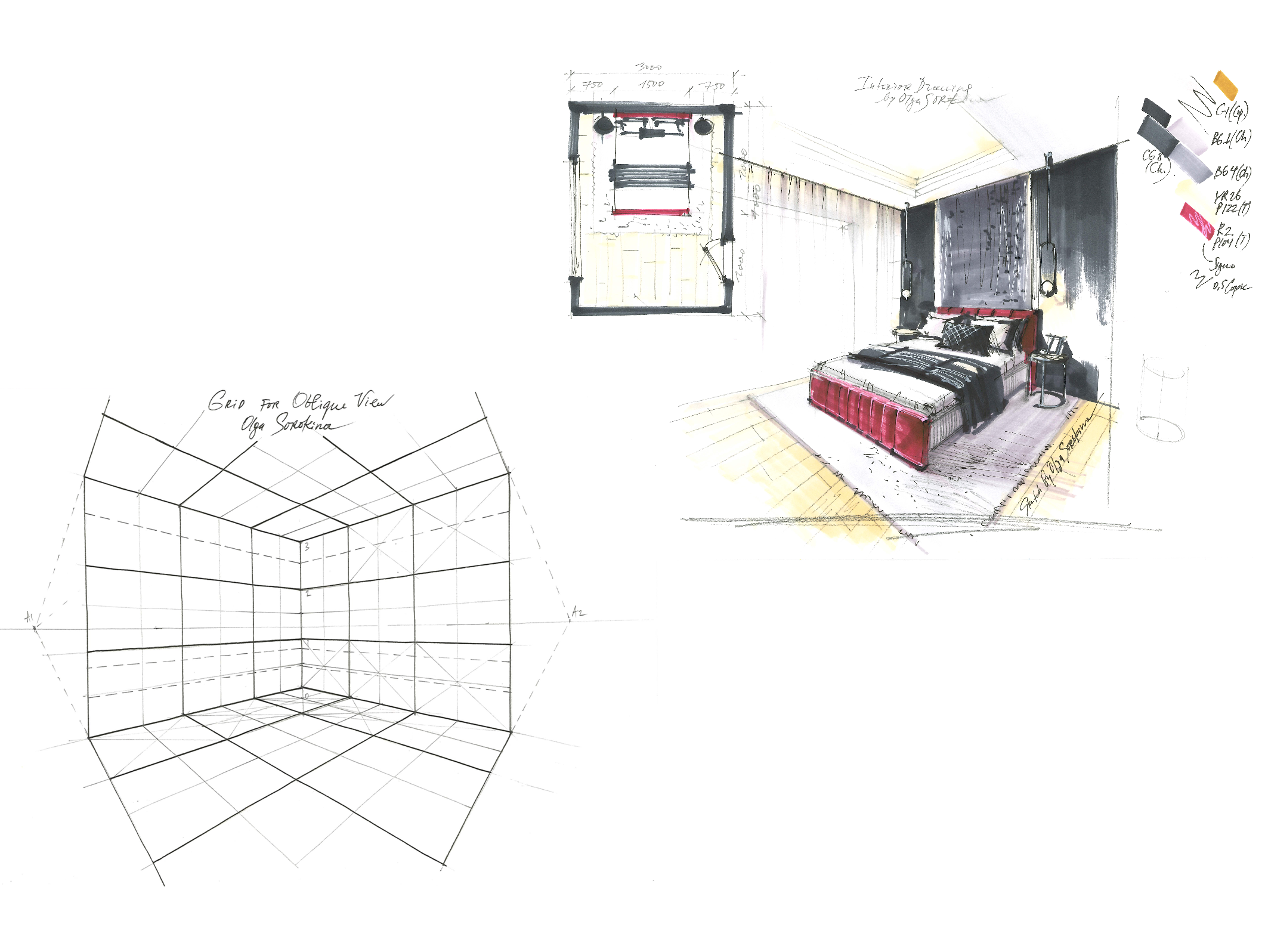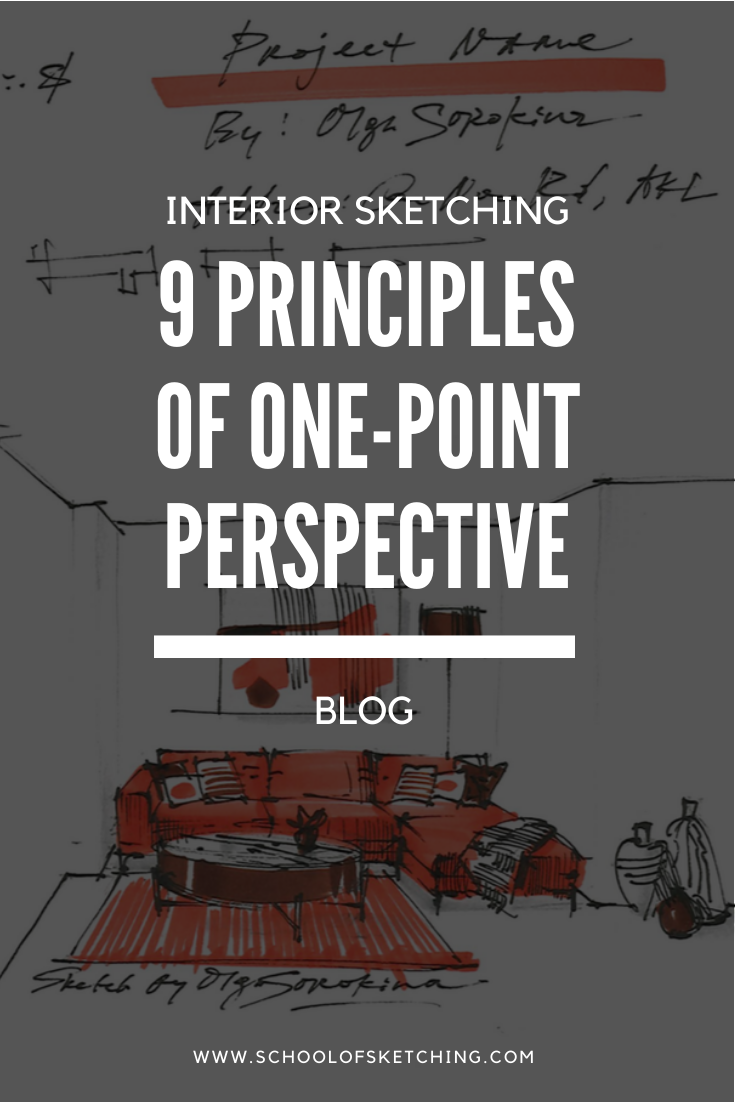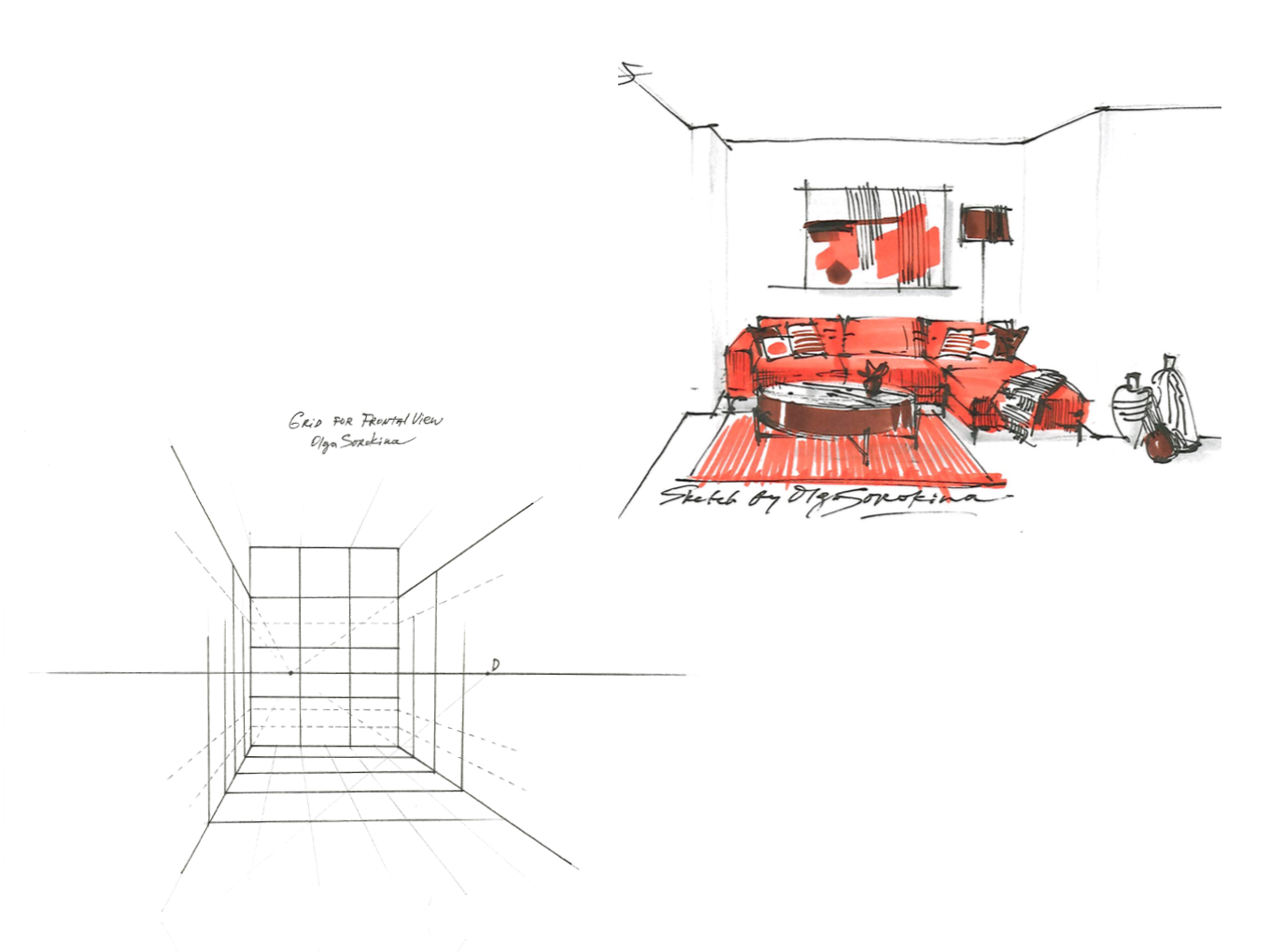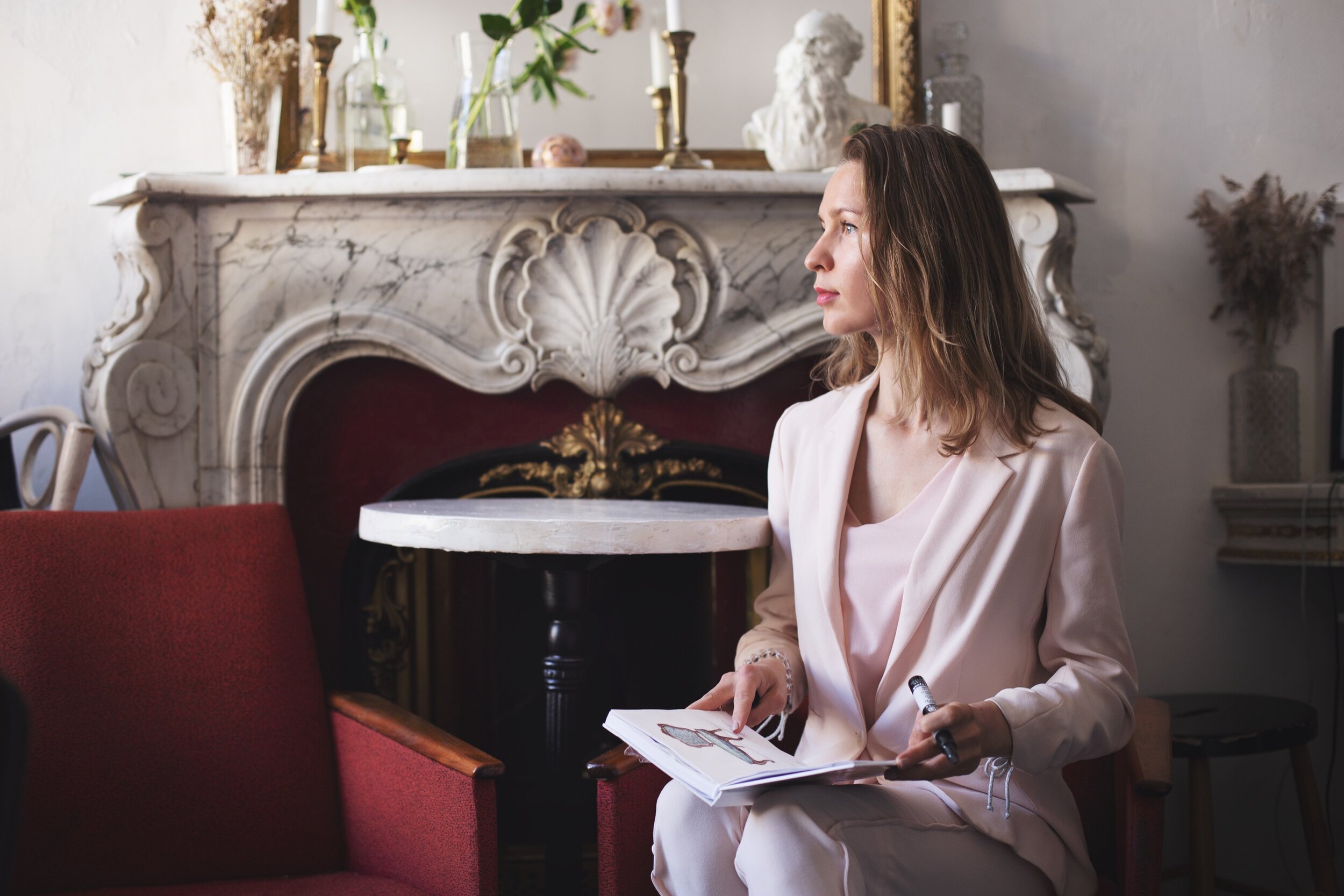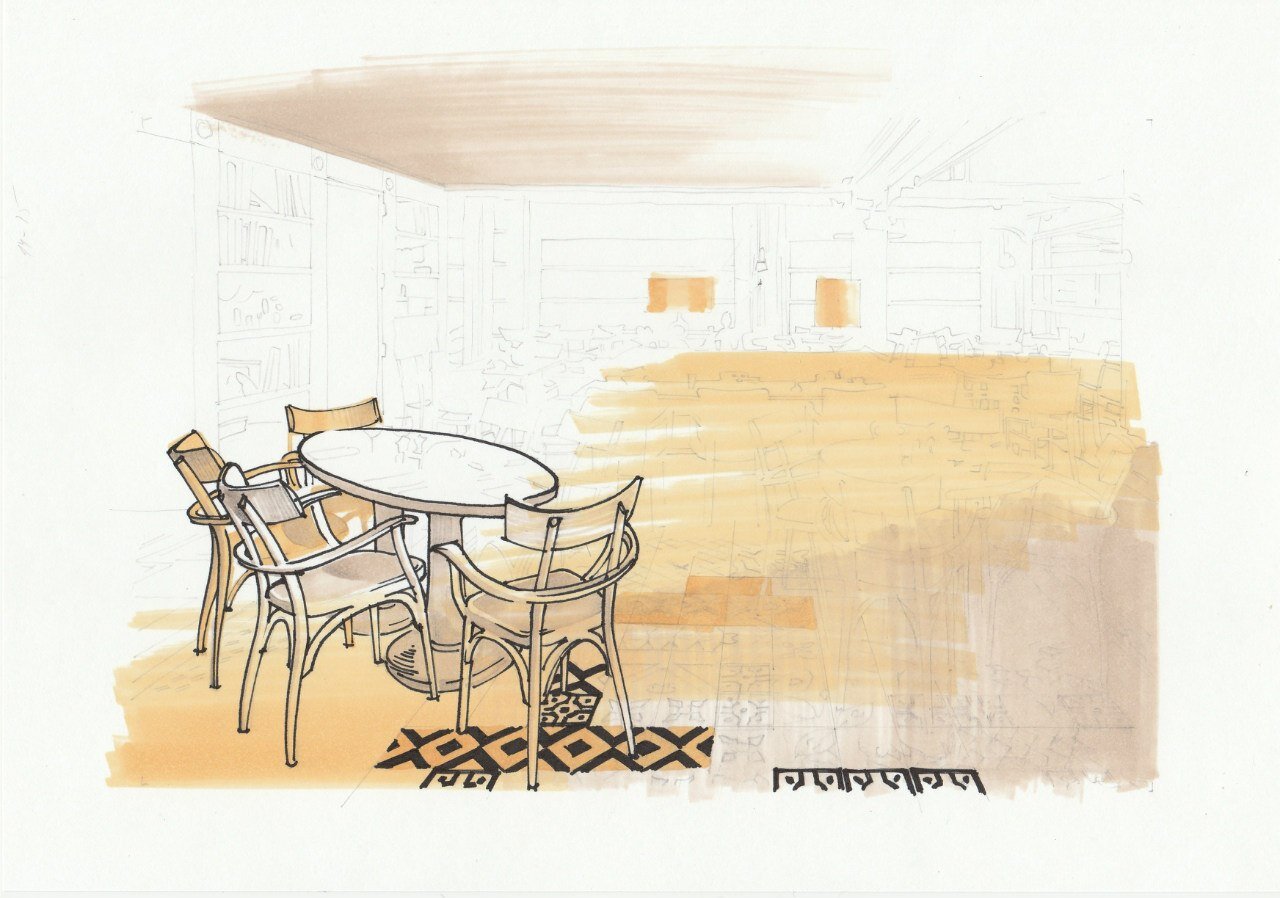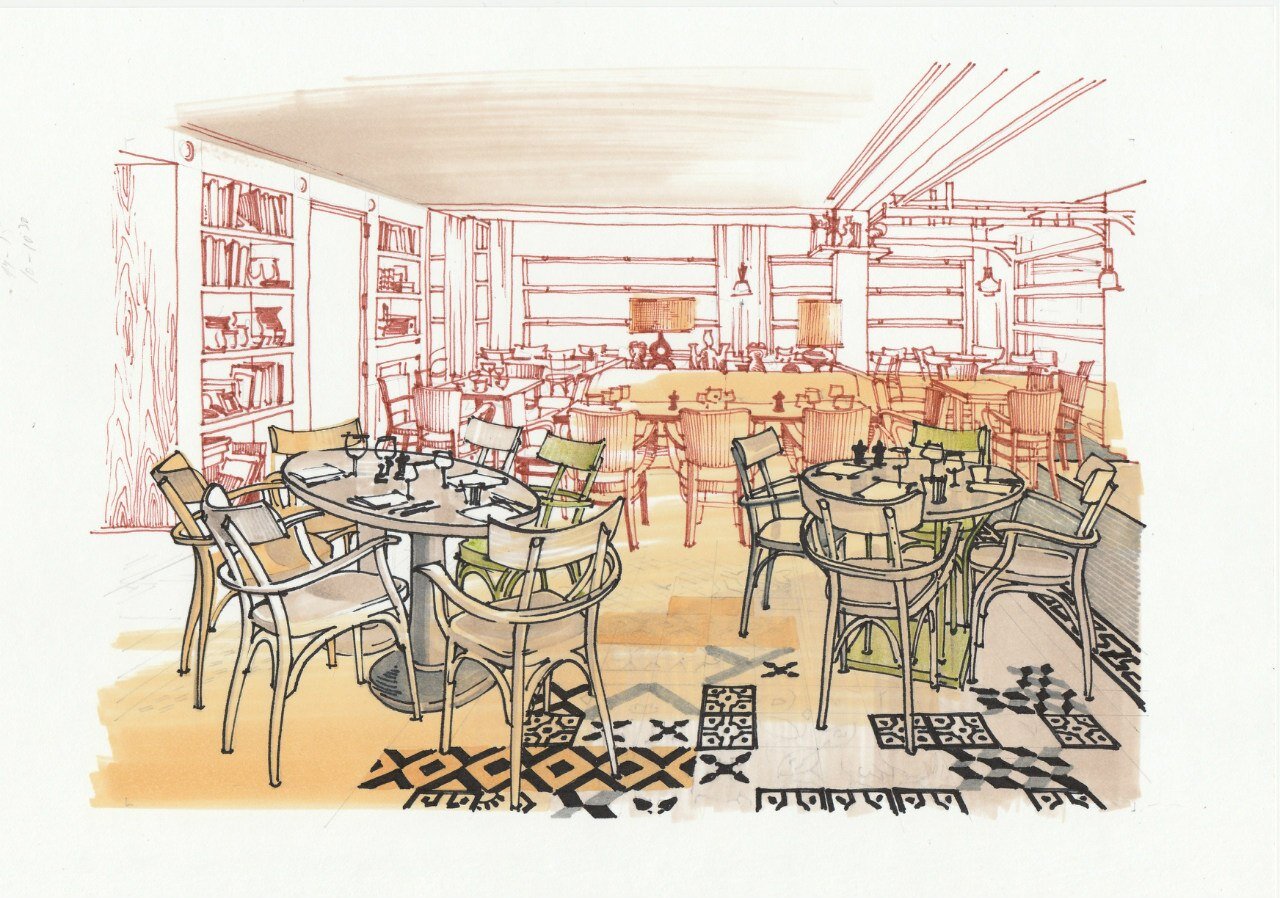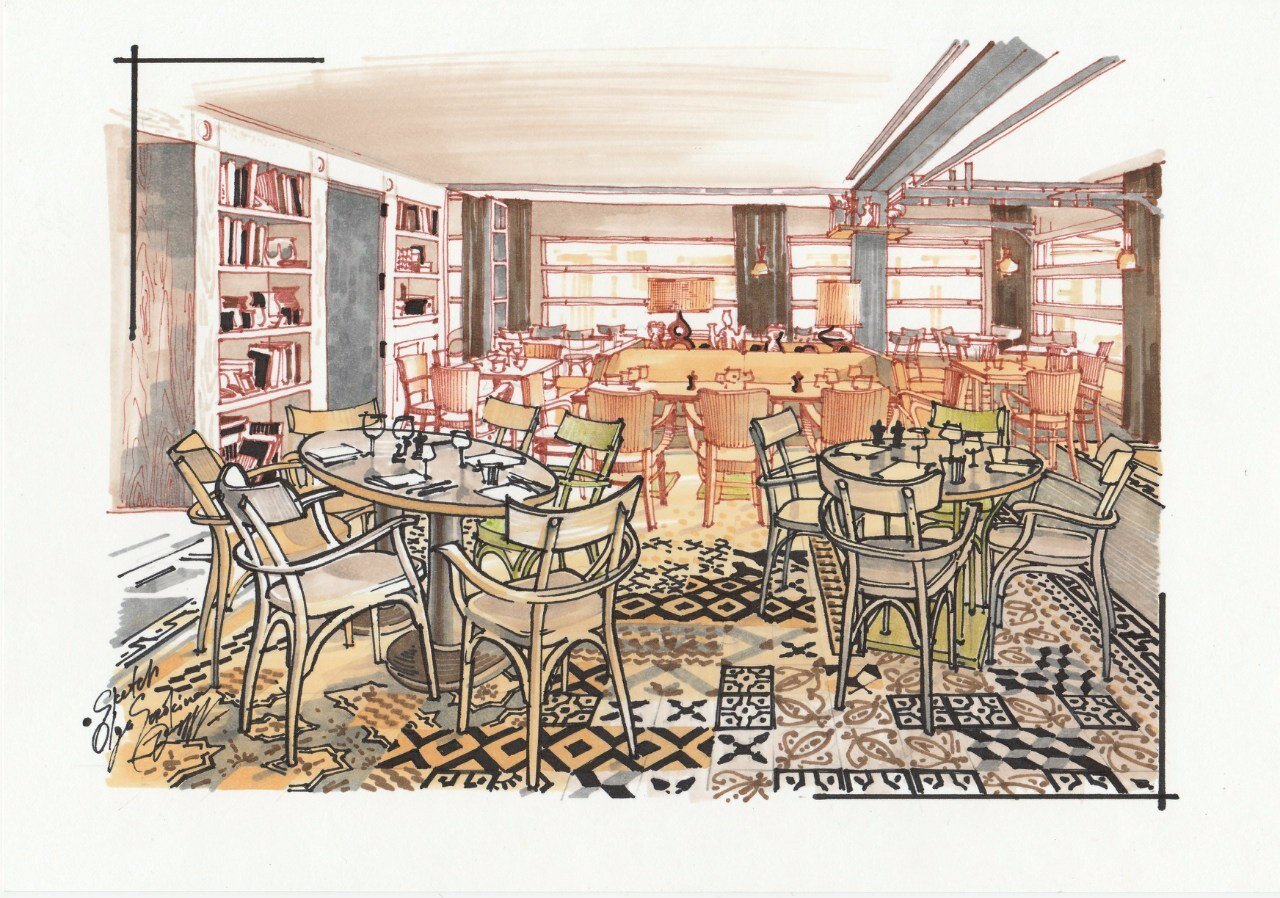1. Sketch Artist and Commissions: Leverage your artistic skills by offering sketch commissions. You can create custom sketches of architectural designs, interior layouts, or even personalized artwork for clients.
2. 3D Architectural Visualizations: Use your expertise to create high-quality 3D architectural visualizations for real estate developers, builders, or individual clients looking to visualize their projects before construction.
3. Saatchi: Open an online shop on Saatchi, Etsy, or a similar platform, to sell artworks or prints or of your architectural or interior design drawings, creating a passive income stream from your art.
4. Public Speaking: Share your knowledge and experience by speaking at conferences, seminars, or webinars. You can charge speaking fees and even generate income from sponsored talks.
5. 1-on-1 Coaching: Offer personalized coaching services to aspiring architects or interior designers. Provide guidance, portfolio reviews, and career advice to help them succeed in the industry.
6. Group Mentoring/ Masterminds: Organize group mentoring sessions or mastermind groups where you can mentor a small group of individuals collectively. Charge a fee for participation in these exclusive sessions.
7. Online Courses: Create and sell online courses on platforms like Teachable, Udemy, Coursera, or your own website. Share your expertise on topics like interior sketching, architectural design principles, interior design trends, or software tutorials.
8. Admissions Consulting: Assist students in preparing their portfolios and applications for design universities. Many aspiring architects and interior designers seek guidance to secure admissions, and you can charge for your expertise.
9. Freelance Design Work: Take on freelance design projects outside of your regular job. You can work on residential or small commercial projects, helping clients with interior design or architectural planning.
10. Design Blog or YouTube Channel: Start a design blog or YouTube channel to showcase your work, share design tips, and monetize through ads, sponsored content, affiliate marketing, or merchandise sales.
Remember that success in these endeavors may require some marketing and networking efforts to build a client base or audience. Additionally, staying updated with industry trends and continuously improving your skills will increase your earning potential as an architect or interior designer.
P.S. Please share this article with your friends.
